Shigang Rice Barn 石岡穀倉, formally known as the Shigang Farmers’ Association Rice Milling Barn 石岡農會碾米穀倉, is one of the best preserved Japanese colonial era rice barns in Taiwan. Constructed with locally-sourced timber in 1941, it was designed to be earthquake-resistant, benefitting from hard lessons learned from the 1923 Great Kantō Earthquake and the 1935 Hsinchu-Taichung Earthquake. It was in use for many decades before modernization of rice milling made it obsolete, presumably sometime in the 1980s or 1990s, leaving the building derelict and threatened with demolition.
In 1999 the catastrophic 921 Earthquake struck central Taiwan, severely damaging much of Shigang (including its iconic dam), but this old rice barn held up incredibly well, attracting media reports of its sturdy design. In the aftermath of the disaster the central government dispensed relief funds—so the local agricultural cooperative opted to properly restore the structure and transform it into a tourist attraction. It was awarded heritage status in 2002 and is now open to the public. Entry is free of charge and guided tours can be scheduled in advance.
The building is divided into two sections: one for rice milling and another for storage. The rice mill is connected to the storage area by a system of tubes and conveyor belts running to the second floor, which was not open when I visited in 2016, as well ducts running under the floor. The storage area consists of six chambers with viewports for monitoring rice levels and ventilation shafts to control temperature and humidity. Every chamber has its exact dimensions displayed next to the door in Taiwanese units of measurement (specifically Taiwanese feet 台尺 and inches 台寸) due to slight variations in size.
There appears to be some confusion about exactly what sort of wood was used to build the rice milling barn. Official information from the cultural bureau specifies Chinese fir 巒大杉 (Cunninghamia lanceolata), whereas others mention Taiwan cypress 台灣杉 (Taiwania cryptomerioides), both members of the cypress family. Whatever the case, most of the structure between wooden beams is wattle and daub over a woven bamboo matrix, a common construction method in colonial times, while the inner storage chambers feature a layer of concrete over that same matrix.
Overall I would recommend a brief stop at the Shigang Rice Barn if you happen to be passing through the area, especially if you’re already taking the Dongfeng Bicycle Green Way 東豐自行車綠廊. Naturally there are many good articles about this attraction in Chinese; if you’d like to see more photos, try here, here, here, here, and here.
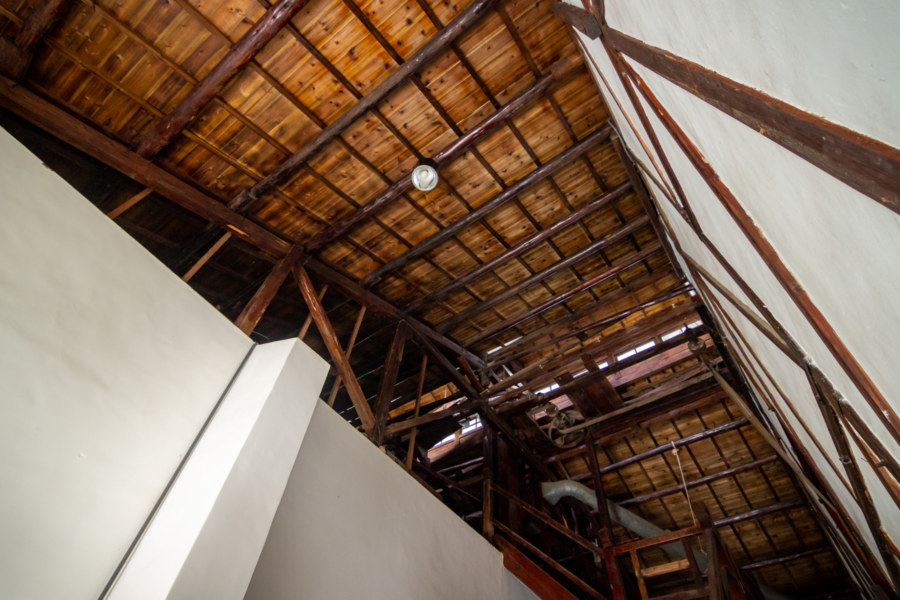
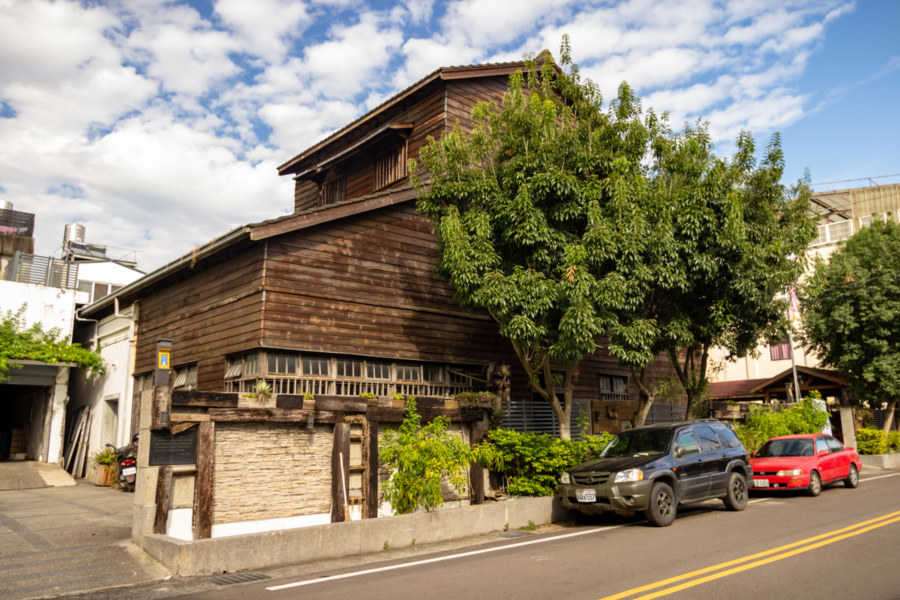
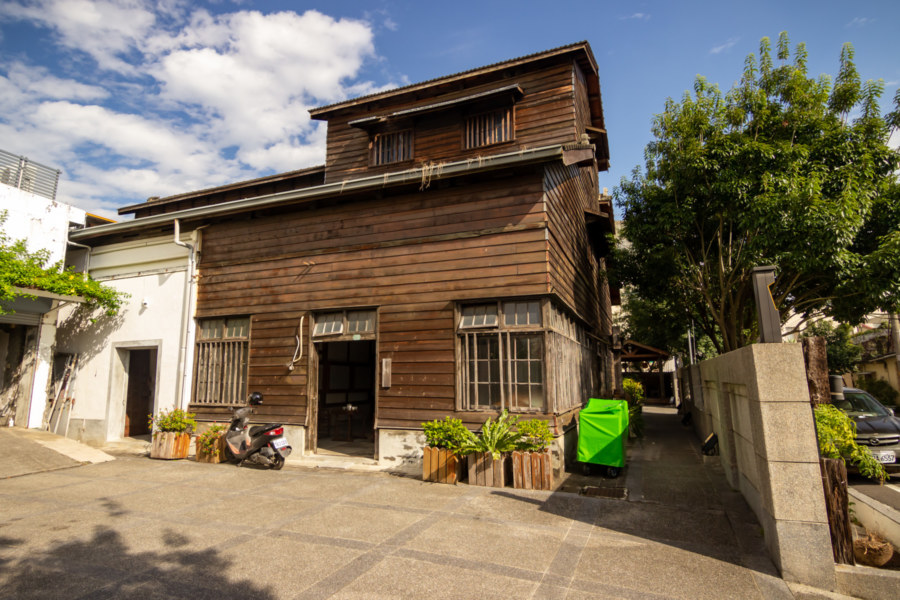
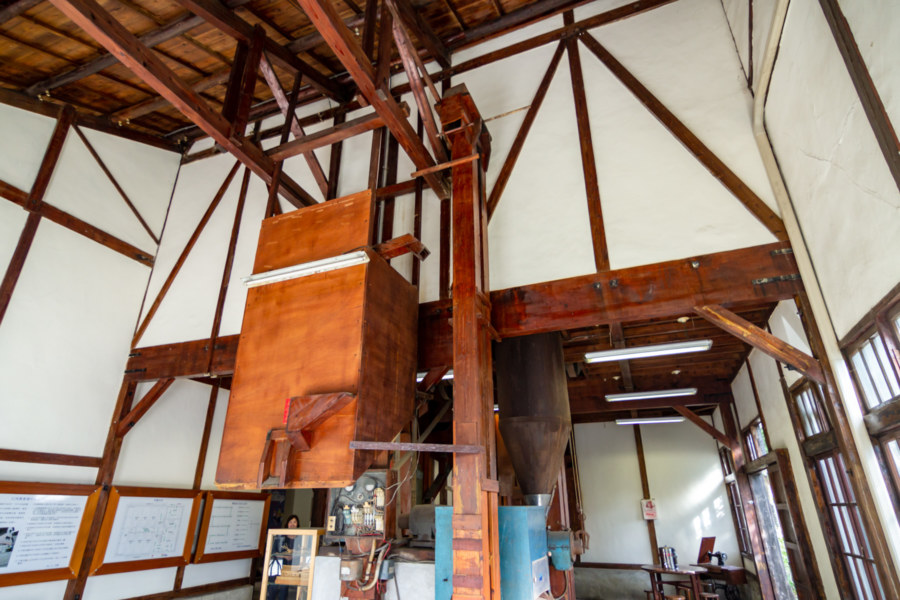
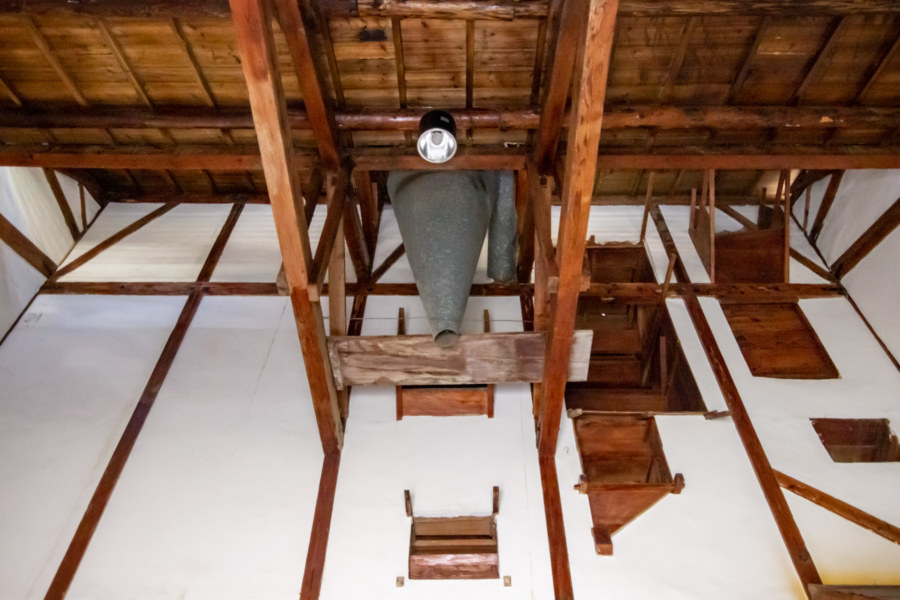
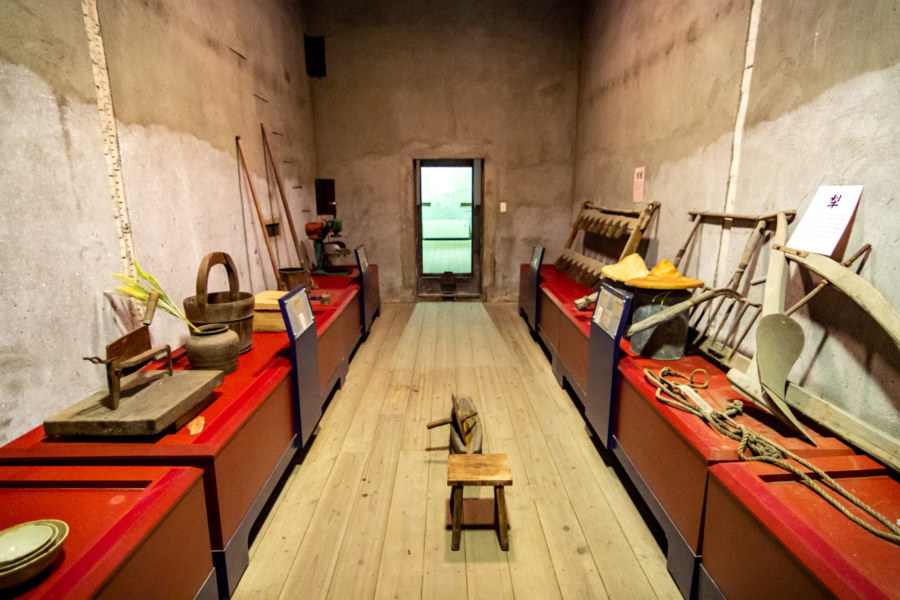
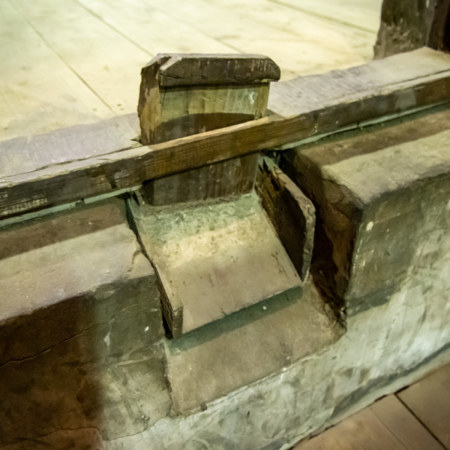
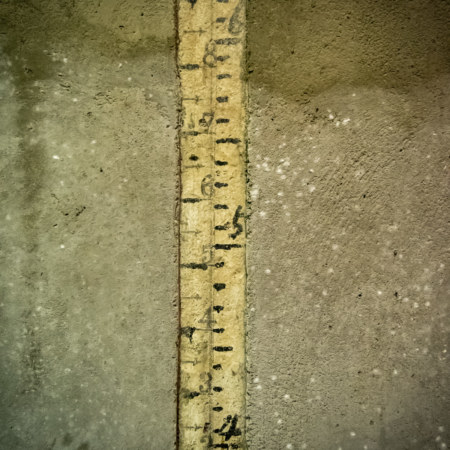
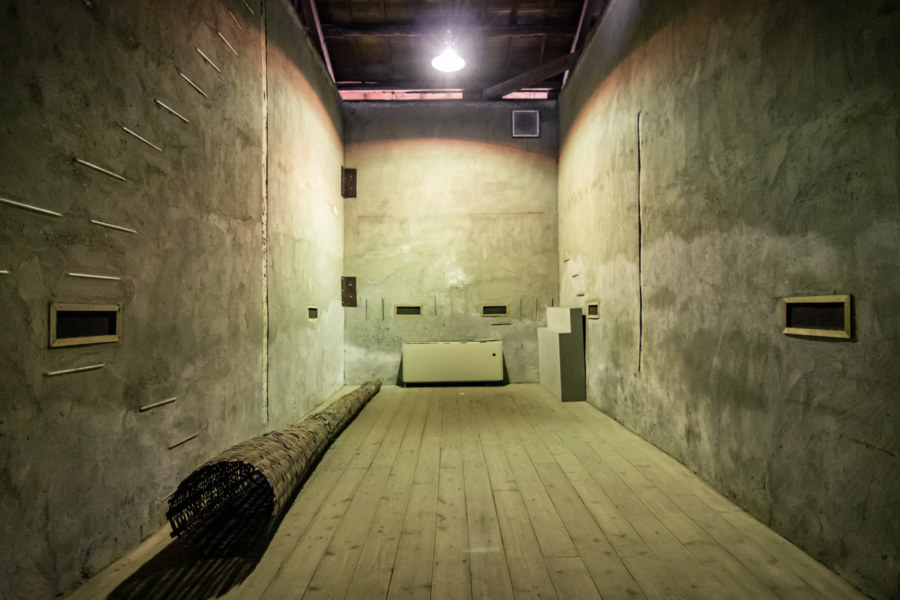
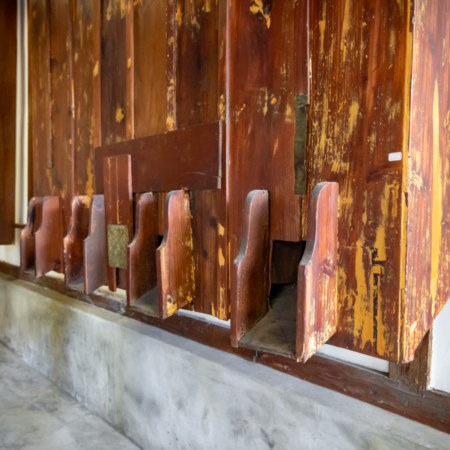
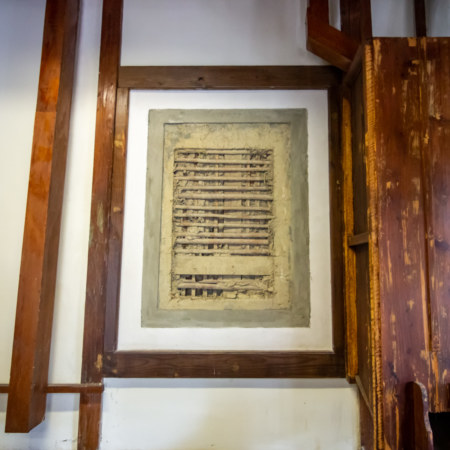
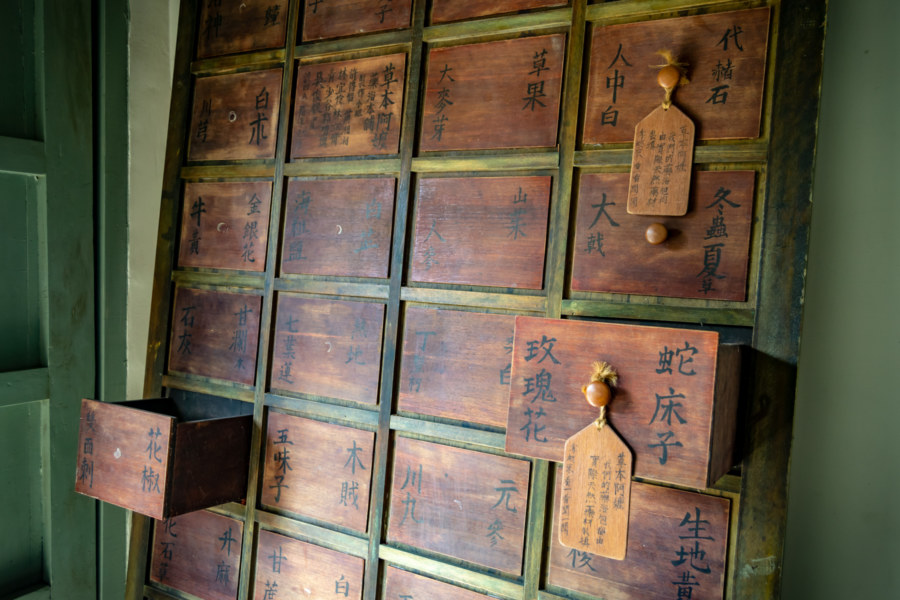
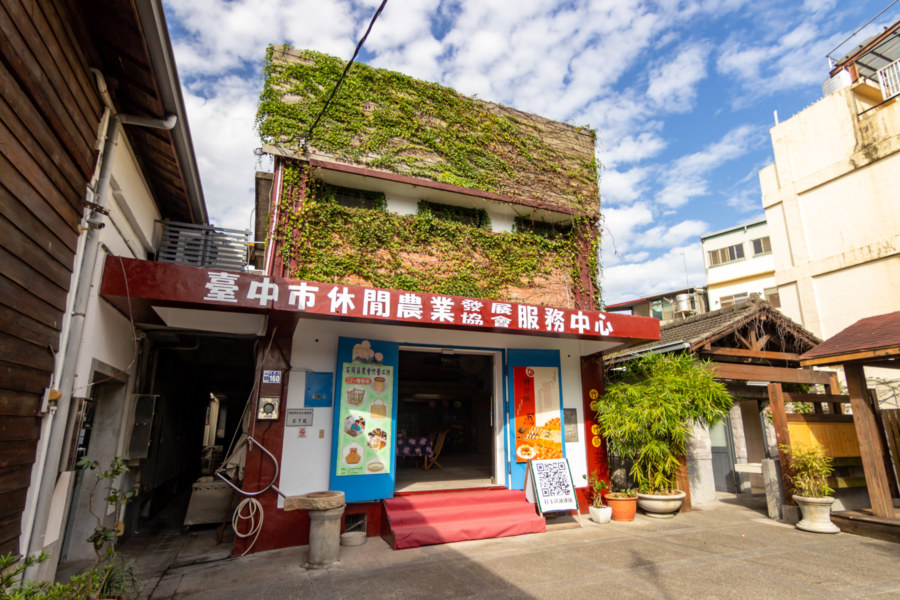
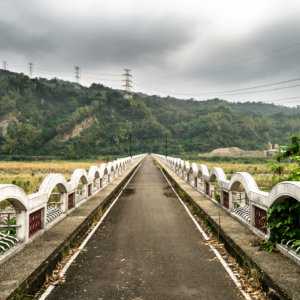
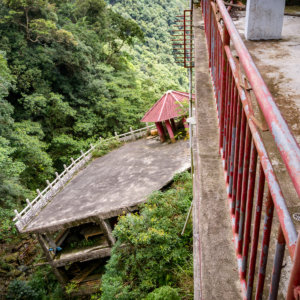
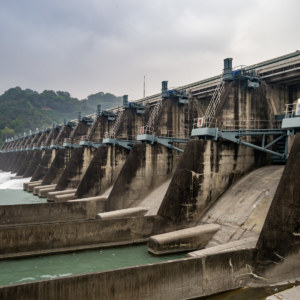
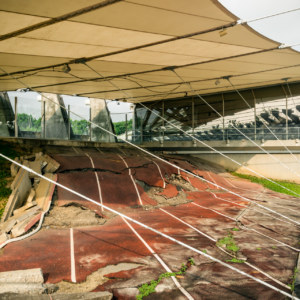
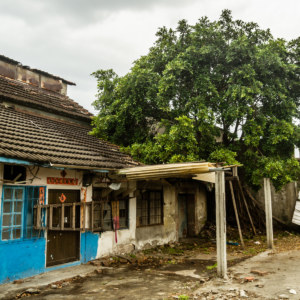
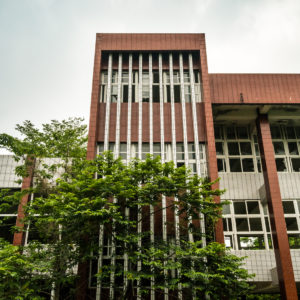
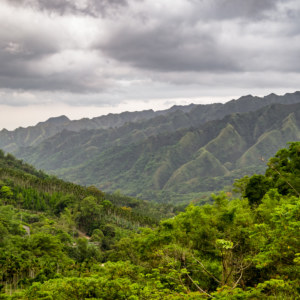
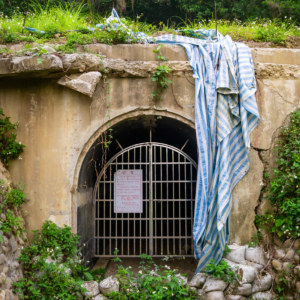
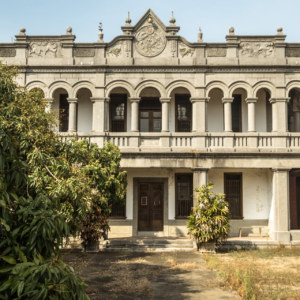
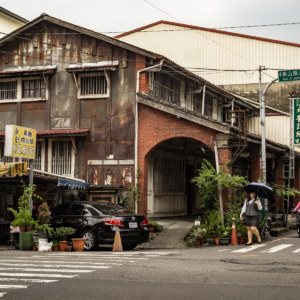
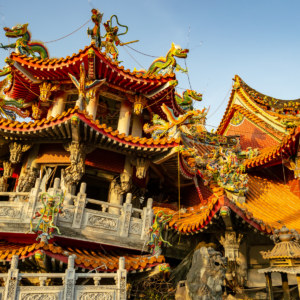
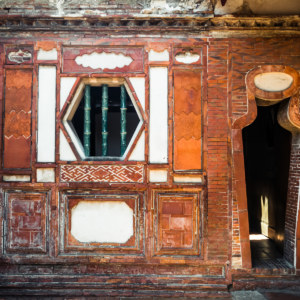
Thank you for an interesting glimpse of agricultural 台中. Please note that the second caption contains a grammatical error. “The outer wall and tree to the right was removed in 2021.”
Thanks Sam, that caption has been fixed.